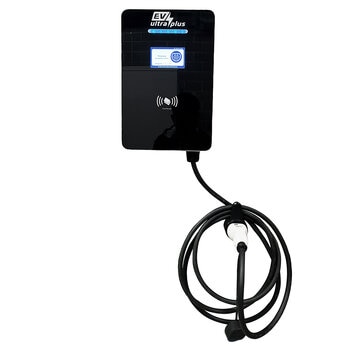Expert 4WD tips to keep in mind when you’re swapping bitumen for sand.
Australia has 11,761 mainland beaches, of which, says Brad Farmer, around 25 per cent are accessible only by 4WD. Brad should know: in compiling (and regularly updating) his 2012 book, 101 Best Australian Beaches, the Surfrider Foundation activist, author and Tourism Australia ‘Beach Ambassador’ and his co-writer have personally visited every single one.
Brad has seen more mud, sand, loose gravel and washed-out goat tracks than almost anyone. Off-road skills were essential. “You are talking about the days before satellites and GPS, so there were a load of dead-ends,” he says. “You did a lot of your exploring on a gut feeling or a yarn at the pub or a tip-off from another surfer.”
Beach driving can be challenging, but there’s no reason why you can’t follow in Brad’s tracks – literally. But learn the right skills, and you’ll be able to take on any terrain, from Cape York to Cowaramup.
Gear up
First you need the right equipment. A wellmaintained, capable 4WD aside, that means a tyre-pressure gauge, plus recovery gear such as a shovel, recovery boards and a recovery kit (typically a snatch strap, gloves and heavy-duty bow shackles).
“And learn how to use it all ahead of time,” says South Australian off-road guru David Wilson. “There’s not much use having a snatch strap if you don’t know how to use it. You could just hurt yourself.”
If it’s your first time leaving the bitumen behind, make sure your companion has experience. Or even better, seek expert tuition, says Wilson – who has been tutoring prospective off-roaders for almost three decades.
Australia’s coastal towns are festooned with professional off-road instructors, such as Wilson’s own Adventure 4WD, where you can take your own rig and make a day of it.
Ease your way in
Don’t just go driving straight from the highway into the scrub. “If you’re worried about getting stuck off-roading, the number-one preventative measure you can take is tyre pressure,” David says.
A flatter tyre increases the footprint of the tyre; David recommends coming prepared with a decent quality metal tyre-pressure gauge with a dial. (“Plastic pencil ones always break!”) Drop down to 15psi in soft sand, but if you have to drive on tarmac roads to reinflate at a service station, go slowly – under-inflated tyres overheat, and sharp turns can roll them off the rim.
Learn how to properly engage low-gear 4WD before you enter soft stuff or, for example, loose rock. In modern rigs, this will usually be a simple matter of stopping, applying the brake, and shifting from 4H to 4L. In low range, you’ll usually want to turn off traction control, unless your 4WD does this automatically.
On beaches, follow existing wheel tracks where you can; the sand beneath them is more compacted, meaning less sinkage for your perhaps two-tonne-plus 4WD. Aim for wide, circling turns (“big arcs are best,” David says), and in pillowy sand, try to keep your forward momentum – you want to stay on top of the surface, not bog down. “Keep your accelerator inputs smooth.”
Otherwise, go for it. Within reason. “You’re always better safe than sorry, so if in doubt, get out,” David says. Stop and walk ahead to check for soft or boggy sand or mud, or unexpectedly bottomless potholes.
“I’ve been four-wheel driving since Methuselah was in nappies, and I still get out and check. In fact, that’s probably the best mantra you can have: think about everything, figure out what holes you have in your knowledge, and fix them – it’s fun! And then take your time.”
Boasting such a diverse range of places to see, there’s no more entertaining place to learn to drive off-road – and no more rewarding way to spend your weekend.
Take David Wilson’s word for it. Or, indeed, Brad Farmer’s.
“It’s about the experience,” Brad says. “And that includes the characters of the Australian coast – and the most awesome characters you are going to find are the ones on a 4WD track or down the end of a dusty road.”
Iconic 4WD locations
Big Red, Qld.
Conquering the most famous of the Simpson Desert’s 1100 dunes, Big Red, is on every offroader’s to-do list. Located 35km from Birdsville in Queensland, it’s as stunning as it is a fun and challenging drive.
Billy Goat Bluff, Vic.
Australia’s steepest gazetted road is a precipitous track in the Victorian high country near Dargo. It’s not too tricky in the dry, on a good day, however can be exceptionally difficult otherwise.
Cable Beach, WA
Hardly a test – tourists have been known to take its flat, hard-packed sand on in 2WD hire cars. The iconic camelride sunset viewing stretch in WA’s north-west is nonetheless breathtaking.
Kakadu, NT
A 4WD dream, Kakadu is a location where every vista appears torn from Tourism Australia’s Instagram. However, beware sunstroke, crocodiles and those areas suited to expert off-roaders only.










